BLOG
|
ATTENTION PARENTS: A QUARANTINE SUMMER FITNESS ACTIVITY THAT RUNS MEMORIAL DAY TO LABOR DAY - FREE4/29/2020 AFTER A SPRING SEMESTER-AT-HOME REQUIRED FINDING FITNESS ACTIVITIES TO FILL SCHOOL DAY SCHEDULES, EARNED RUNS HAS YOU COVERED ALL SUMMER 'SEMESTER' LONG. Our original “Across America” Summer Challenge takes walkers, runners, and bicyclists over more than 3,700 virtual miles of a cross country course, starting in Portland, Oregon and ending in Portland, Maine. Each week’s 2-3 mileage segments can be scaled to fit younger to older children’s physical capabilities as well as those of supervising adults.
Over several years of presenting this annual summertime challenge, weekly blog posts have expanded to form a virtual road map guide of the sights along the course. This year the format may change, with the entire collection of 15 posts from 2019 season provided at the start of the challenge, rather than week by week. Parents are able to build upon the weekly Earned Runs posted narratives or ask their stay-at-home students to explore further, as they make their virtual way across the continent. Or, the activity can solely be used as a means to encourage kid exercise with a purpose. The activity inherently teaches youngsters how to commit to a fitness goal, adhere to a training schedule, meet defined daily/weekly mileage marks, and experience achievement. Kids can train with family and invite friends. Since the challenge is virtual, a short loop course can be set in the neighborhood (around the block for example), on a nearby track, or in a park to allow adherence to local coronavirus inspired restrictions. Setting a regular time for this activity, like just before a noon lunch break, will help introduce regimen to what otherwise might be disorganized weekdays. Check out the introduction post from 2019 while the 2020 version is being updated. NEW THIS YEAR is another TRAVEL TREK™-ADAPTED, CROSS COUNTRY BIKE TRIP-INSPIRED schedule. This virtual journey is a bit shorter; it courses along the southern portion of the USA from Santa Barbara CA to Myrtle Beach SC, following historic segments of the famed Route 66. Stay tuned for more information and check out the RESOURCESRequest Bibs/Contact page for last year’s SUMMER CHALLENGE 2019 materials to get a peek at what might be offered for SUMMER 2020. Request a set of 4 EARNED RUNS Competition Bibs to help you plan and execute a summer exercise program for children stressed by a spring semester confined to home. RUN & MOVE HAPPY!
0 Comments
TRAINING PLAN STARTS There’s not too much to do this week, as you are on the glide path to your half marathon race, except to continue the taper. Don’t overdo the long run at the end of the week. You want to be prepared and fresh for the race.
An extra foam rolling session is scheduled for runners this week. Use it to roll out sore and stiff spots on Wednesday or any other day of the week. It can be a full session or an abbreviated one. Walkers will officially have one added on Thursdays in 2 weeks but may wish to start the extra session this week (It was an oversight that again occurred during updating; sorry!). If you are tempted to introduce new nutrition, shoes, gear, or apparel into your race preparations, be careful. Most experts would advise against making changes. There isn’t much time to truly test a new fuel strategy. Also, the runs are not as demanding as earlier in the plan and can’t serve as trials for new items. Foods taken and gear worn on the upcoming shorter runs may not be adequately assessed as to whether or not they will work on race day. New spring fashion upgrades can serve as rewards for following through on your commitment to train and finish a goal race! If you have not yet found an organized virtual race to run on May 16 or 17, or plans have collapsed for one, consider pinning on an Earned Runs bib to be sure you meet the challenge of running or walking the half marathon for which you trained. Don’t let circumstances deter you from reaching your goal race! Request a set today to keep one in reserve, “just in case”. RUN & MOVE HAPPY! IF THIS FALL IS EXPECTED TO USHER IN THE 3RD WORLD RUNNING BOOM, and you would like to be a part of it, consider combining walking with running. American Olympic runner Jeff Galloway is known for popularizing this type of training, which is individualized according to the trainee’s time completing what he has termed a “Magic Mile.”
Galloway has posted about how he developed his system in the 1970’s and offers plans with support for purchase on his website. A timer device, the size of a pedometer he indicates, is sold that sounds alerts when it’s time to switch between running and walking modes during training sessions. With the free information provided by Galloway on his website, including the Magic Mile pace calculator which helps an individual to determine the ‘right run walk run ratios and race pace by distance, and in an ACTIVE.com post, runners can create personal plans at no cost. The benefits of purchased plans likely come from being part of a community of followers, and the support and expertise bestowed by the Olympian’s years of experience coaching, advising and writing about the sport. Amanda Brooks website RunToTheFinish.com, aimed at helping ‘middle of the pack’ runners, reviews the method for marathon training and summarizes it’s major principles. Jenny Hadfield offers two Run/Walk plans not connected to Galloway that were originally posted by WomensRunning.com. Since I started combines running and walking, albeit without a formal plan like Galloway’s, I have noted many of the benefits that his disciples profess. As a senior runner I have avoided injuries. My long runs do not leave me fatigued and unable to enjoy the remainder of the day. After almost 2 years of recovering from an injury I have gained confidence that I will not repeat mistakes that probably contributed to the problem. I have not purchased a Galloway product thus cannot comment on the full training regimen. Hopefully for injury avoidance the method also emphasizes the importance of incorporating strength, balance, mobility, and cross training in addition to lifelong walk breaks on runs. Consider combining walking with running as a way to break into running or resume running if you’ve been away from the sport for a long period of time. At least read about it; maybe you’ll be motivated to join the surging number of runners predicted to make up the 3rd running boom in the fall of this year. RUN & MOVE HAPPY!get-ready-to-power-the-expected-post-covid19-running-surge.html https://www.jeffgalloway.com/training/run-walk/ http://www.jeffgalloway.com/training/magic-mile/ https://www.active.com/running/articles/jeff-galloway-s-run-walk-run-training-plan https://www.runtothefinish.com/galloway-method-run-walk-marathon/ https://www.jennyhadfield.com/run-walk-half-marathon-plan/ TRAINING PLAN STARTS The 50th Anniversary of Earth Day, April 22, 2020 falls on Wednesday this week. The first celebration of our ‘Mother’ occurred back in 1970.
We can take care of the Earth any day of the year, or many days of the year, we tell ourselves. But sometimes the fact that a special day has been specifically reserved for an event increases the likelihood it will be honored. For many this weekend, rather than April 22 itself, may offer the best chance for observance, especially if work or home duties will potentially make doing so on the official date difficult. Are you planning anything this week that shows appreciation for our planetary home or provides a little extra TLC for the environment? In our daily non-running, non-fitness lives occasionally we don’t accomplish what was in our hearts and minds to do on a certain day. It’s convenient to give a shrug of the shoulders and then neglect the necessary task or responsibility. We just don’t do it, forget about it, cross it off the ‘to-do’ list. However, critical long run/walk sessions for specific upcoming endurance races cannot be performed any random day of the year. To save the situation, in the case of training for this 2020 half marathon, Earned Runs has you covered to accommodate a miss. There’s enough wiggle room in the schedule. Walkers have their longest distance session of the plan this weekend and can make up a in week 16, omitting a taper week to get it in if missed*. Runners have already begun their taper, and it is sufficiently long that shortening it won’t be a problem. Let yourself begin to mentally relax, knowing that 4 months of hard work is behind you, and that in general both runners and walkers are prepared for the challenge ahead. If possible, pick up trash along the way on your cool down session today or any day this week. It’s a chance to love our Earth! RUN & MOVE HAPPY! *Walkers training for a half marathon are essentially READY for their competition on any day. If not registered for an organized virtual race, walkers can extend this upcoming weekend’s 13 mile walk to 13.1 miles and will accomplish their goal race! IF PROBLEM KNEES ARE PREVENTING YOU FROM RUNNING OR PARTICIPATING IN RUNNING EVENTS, now might be the time to investigate whether NOT running is the only option for preserving knee health. Dr. Howard Luks, a New York orthopedic surgeon who has contributed articles to medium.com has a perspective that might be of interest to those who question whether running is a healthy exercise, specifically those with osteoarthritis or a degenerative meniscus tear.
Luks’ words struck a familiar chord in his article, “Can I Make a Meniscus Tear Worse If I Run On It?” and in another lengthy article he authored on osteoarthritis and exercise. Although in much greater detail, he seems to be providing information paralleling that which was given to me by an expert orthopedic surgeon at the Hospital for Special Surgery in New York City. I had consulted the surgeon for a complex meniscus tear, one of several unsettling MRI study findings that had prompted my decision to seek expert help at the famous center. These several pieces present a point of view that may be new to some and offer hope as they did to me. I did resume running about a year ago, after an 18-month break. However, now I am extra careful NOT to neglect exercise that will protect my knees from further harm: resistance training to build and maintain hip muscle strength, stretching, foam rolling, and working on balance. I place more value on these non-running/walking activities than ever before. And my training “week” remains flexible, such that long runs are put off according to how my legs feel. Rather than scheduled every weekend, the biggest mileage run/walks are spaced anywhere from 10-21 days apart, when I feel at 100% with no discomfort. The key to staying injury-free seems to be alternating walking with running in addition to paying attention to strength, balance, and mobility. Check out Dr. Luks articles. If struggling to make a decision about running with arthritis or meniscus degeneration you may find clarity and a way forward. RUN AND MOVE HAPPY! 4/21/20 UPDATE: additional article from medium.com https://medium.com/@hjluks/exercise-and-knee-arthritis-pain-the-science-says-it-works-cad148a256c8 https://medium.com/@hjluks/10-techniques-to-help-you-thrive-with-knee-arthritis-57ba54e6590e https://www.howardluksmd.com/knee/running-meniscus-tear/ https://www.howardluksmd.com/knee/arthritis-knee/exercise-improves-knee-arthritis-pain/ https://health.usnews.com/best-hospitals/area/ny/hospital-for-special-surgery-6212900#common-care-ratings https://www.runnersworld.com/training/a20821860/hip-strengthening-exercises TRAINING PLAN STARTED YESTERDAY; this post is a day late due to the Easter Holiday. Runners, finally, on the last day of this training week you can prove you have what it takes to run 13 miles! But you’ll run it easy, with stops as needed. Walkers, you are almost there. Both groups are essentially ready to go the distance in competition.
These plans extend for 18 rather than 16 weeks to allow safe preparation, include a generous taper, and provide a little wiggle room for vacation time or mild sicknesses of winter. The Earned Runs programs original attempt was to bring runners and walkers to their half marathon starting lines in late April and mid-May. Because the half marathons you may have been training for are now postponed or cancelled, you may wish to use the training day in which 13 miles are scheduled as an official race day. Perhaps add the extra 0.125 mile at the end to make the distance official too, and earn 'finisher' status. If your race has offered a virtual option, stick with the plan and continue training. On Monday, April 20 we should have been able to enjoy TV coverage of the 124th Boston Marathon. It has been re-scheduled for this fall and will take place on September 14 instead. Earned Runs usually advises runners to watch and take note of the leaders’ running form. Their heads would have been up, chests out, torsos tall and erect, shoulders loose and down, with elbows rhythmically pulled back. If it was possible to count the number of steps taken per 15 seconds (multiply by 4 to get steps/minute) to calculate cadence, you might have counted a number greater than 180, possibly up to 200. You would have had a chance to compare your form with that of the elites. When I had been advised to do this by a trainer to correct my form, I scoffed at the idea. I wasn’t an elite, was my thinking, so why run like one? I am a plodder, with a pace about 2.5 times greater than the best in the world. It would be pretentious! But I followed the advice and started to check out running form on all images, including magazine covers, ads, and online articles. All the pros displayed similar form. Athletes who dedicate their efforts 24/7 to being the best runners in the world and building professional careers that could span decades don’t adopt a certain form to look pretty in pictures; they do it to be fast and prevent sidelining injuries. I wanted to be fast and avoid injuries too, so tried to model my form on that of the elites, just like Coach instructed. There are other components to good form running. See the chart from New Balance on the RESOURCES page to refresh your memory. The secret to maintaining it throughout a long run is to build core, upper body, hip, leg and strength in training. The form for walking fast, but not race walking, is somewhat similar. I find that the greatest source of fatigue at the end of 13.1 miles comes from having a tired back, core, and arms. Which means there’s more work to do to become stronger in these areas. An additional benefit is that this work will translate into a more athletic posture. Those who counted on competing in an organized long distance event, now postponed or cancelled, have been given extra time to work on strength, posture, and form. Summer and fall will hopefully bring an end to confinement, and perhaps we all will be stronger and better prepared to experience the joy of competing. Congratulations on finishing 12 and 13 miles this week! RUN & MOVE HAPPY! THE IMPORTANCE OF ARM SWING TO RUNNING is discussed in a 2017 article by Jonathon Beverly for runnersworld.com/uk, “Why Your Arm Swing Is So Important to Running and How to Improve It”. PodiumRunner.com posted an item by Jon-Erik-Kawamoto that addresses the same issue and features exercises that will help to generally assist runners (and walkers) with bettering their upper body running/walking posture, “6 Exercises to Improve Your Upper Body Running Posture.”
According to experts referenced in the articles, arm swing and running posture are linked and influence leg movement. Modern living activities cause us to predominantly “hunch over” while we work, drive, eat, and communicate. Constant and habitual “forward” body and shoulder positioning make it difficult and uncomfortable to maintain a “tall spine” and pull arms back during running. Thus, because arm pumping action helps to power the legs, whatever improvements we expect to obtain from efforts to strengthen and stretch the lower body may not be realized. “To sum up, tight, rotated shoulders can sabotage all the gains you might get from posture, hip flexibility and strength work, throwing off your balance and drive”, Beverly says in the runnersworld.com article. Elite runners know the importance of backward arm swing to running drive. Back in 2014 Tim Broe, an Olympic runner who now heads Saucony’s Freedom Track Club, informed me he coached the girls in his high school cross country team (I think it was Saline MI) to bring elbows back far enough such that thumbs brush the tops of their running shorts with each stride’s arm swing. Retired Olympic medalist Meb Keflezighi is reported in the runnersworld.com article as saying that while running “he looks at his shadow for a triangle of light between his torso and upper and lower arms” to assess whether his arm swing is effective. Check out images in running articles. Nearly always, moving runners are pictured with elbows pulled back, purposely creating Meb’s ‘triangle of light’. Not mentioned in either piece is the observation made by others that an upright posture has another esthetic benefit; it provides a youthful body profile. Non-runners and walkers hoping to preserve a younger appearance should consider reviewing these articles and picking a few moves to try. The only equipment needed is resistance tubing. It’s possible that by working on posture you’ll not only improve your look but feel years come off too. Both posted articles share the same topic, but each provides different information, advice, and exercise/stretch demonstrations. I’ve long searched to find a discussion explaining this aspect of running as well as it was covered by Tim Broe in one training session at the facility where he worked 6 years ago. Serendipity resulted in my finding two, which will be posted on the RESOURCES page. RUN & MOVE HAPPY! https://www.podiumrunner.com/events/competitor-running-welcomes-jonathan-beverly-as-editor-in-chief/ https://www.runnersworld.com/uk/training/motivation/a775897/why-your-arm-swing-is-so-important-to-running-and-how-to-improve-it/ https://www.podiumrunner.com/training/6-exercises-to-improve-your-upper-body-running-posture/ https://www.runnersworld.com/runners-stories/a28120946/how-olympian-tim-broe-found-his-true-calling-in-coaching/ https://www.webmd.com/fitness-exercise/features/look-thinner-instantly#1 https://www.thelist.com/49556/posture-mistakes-make-look-older/ GOVERNMENTAL DIRECTIVES TO PREVENT THE SPREAD OF CORONAVIRUS ARE REQUIRING that we not leave our homes except to accomplish essential tasks. That’s the bad news that is no longer news to hardly anyone. The flip-side good news has been that exercising is officially deemed essential. Yay!!!
Of course, there are warnings that we should not be driving to faraway sites but rather staying within our own neighborhoods, that we not gather in groups, and that we still maintain the 6 feet of distance between ourselves and others. As wonderful as this might seem, suddenly we are stepping outside to find our usual beloved paths, sidewalks, trails, and parks filled with other people, even crowded at times. There are more dogs than ever walking and running with their people with on these surfaces, doing what dogs do, like doo-doo. The crowds include walkers, runners, bicyclists, ambling families with strollers, toddlers, and children on scooters; there are oldsters with canes. On my favorite running route near the lake there are oodles of fishermen and women leaning on the sides of the boardwalks and walkways, angling for a catch and peace of mind. You know what I’m talking about. And we’re starting to get on each other’s nerves. It's bad news. We’re irritated at each other and anxious about our health. As cloth masks are soon to be blooming on faces, contagion-risk fears might lessen even as health leaders say these coverings should not replace distancing. How can we remain pleasant and supportive members of this new COVID-19 society while outdoors exercising? Here is my list of suggestions:
And I think we may have realized it’s better to find smaller less crowded spaces than our usual and popular, but now very busy, routes. Because my state park neighborhood has so many additional exercisers these days I’ve taken to running/walking loops of a nearby marina’s parking lot underneath boat hulls. It’s safer and quieter. RUN & MOVE HAPPY! *Back in the day at my small city’s Catholic elementary school, we got our outdoor recess and lunch exercise on a parking lot. The school did not have playground equipment or places to sit, just a surface for running around, jumping rope, and playing ordinary stand-up kid games. Kind of the like the playground in the movie “The Christmas Story” where Ralphie’s friend Flick took the dare to touch his tongue to a frozen fence pole. https://www.cinemablend.com/new/How-Christmas-Story-Actually-Filmed-Infamous-Tongue-Scene-101537.html TRAINING STARTS Runners: your long run this week is the distance that some half marathon plans stop:12 miles. Walker plans often stop at 10 miles. Both Earned Runs plans have you going farther.
My very first half marathon was closed, incredibly after the race had started, because of dangerous conditions including downpours of cold rain, thunder, lightning, hail, and high winds. A storm had rapidly blown across Lake Michigan that morning and the "Park2Park" race course followed a lakeshore road between state and county parks. I had been at my personal mid-point in the course, roughly the 6.5-mile mark; the top finishers were undoubtably already in the shelter area, warmer and dryer than the slower paced runners. In spite of beautiful and mild weather conditions pre-race, I had significant doubts about crossing the finish line. My confidence received a small boost upon overhearing other first-time half marathoners, next to me in the starting chute, talk about their training. They had covered 12 miles on their longest training run, as instructed by a trainer. I knew I had accomplished the exact distance, 13.1 miles, and then tapered 2 weeks. I don’t know their finish times or in what physical condition they were at the race’s end, or whether the strategy worked for them in such terrible weather. I was able to push through to the cold and wet end partly because I had covered the full distance and had rested with the taper. The training experience helped me survive. Unfortunately, there was no official time clocked after the race was called. But the ordeal was so memorable for everyone involved that in addition to the official race shirt the next year, another ‘survivor’ t-shirt was also made available, marking the event. The Earned Runs plan has you continuing the next week to reach 13 miles and then tapering for several weeks. If you wish to make it 13.1 miles, for mental training, go for it! If your race date is a week earlier, the taper will be shortened, by one week. So, you’ll keep on keeping on with the Earned Runs plans in order to hopefully acquire both emotional and physical insurance that finishing the race is entirely possible, especially if the going gets tough on race day. RUN & MOVE HAPPY! NOTE: Check out the article from Runnersworld.com if recovery from longer runs is becoming an issue. Overall, the expert referenced in it recommends cold over heat therapy. https://www.runnersworld.com/health-injuries/a20824689/the-benefits-of-ice-baths-for-runners/www.runnersworld.com/health-injuries/a20824689/the-benefits-of-ice-baths-for-runners/ EARNED RUNS IS ABOUT BEING COMPETITIVE, about setting goals, finding and following training programs, and then testing the results of training. Repeatedly. Earned Runs suggests that the use of competition bibs may help push this process forward if access to organized events is limited. Bibs can be a source of inspiration and motivation and employed to track progress, record successes, and document victorious seasons.
Earned Runs is not so much about “getting” fit but “becoming” an athlete regardless of age, previous training or sport experience, or body habitus*. It’s about achieving a life perspective in which daily activities are viewed as greater or lesser contributors to athletic successes but not to an endpoint of perfection. To borrow an overused comparison, it not the destination but the journey that matters to an Earned Runs athlete. By striving to meet a variety of personal or public fitness challenges over an entire year, and then the next year, and the next, the Earned Runs athlete is able to find purpose in exercise and maintain a level of physical activity that benefits long term health. An article by Sarah Lorge Butler for runnersworld.com, “You’re Never Too Old to Be Serious About Your Running,” highlights the competitive attitude of two runners who may not fit the typical demographic of elite athletes, yet embody the athletes Earned Runs wishes to support. Jeanne Rice and Gene Dykes, both 71 years old and soon to be 72 in April this year, are featured as endurance race record holders who say a secret to staying competitive at levels that are the envy of younger runners involves focusing on goals and committing to continued hard work and training. Their quest to break records began only 2 years ago. That genetic luck may have played a role in their late life successes, just as it must figure in the early careers of much younger athletes, isn’t disputed in Butler’s piece. What is featured in her story is their perseverance in training and willingness to put it all on the line in big time competitions, repeatedly, regardless of age. According to Butler at the time the article was posted (March 5, 2020), Rice was the first to cross the finish line in her age group in Chicago in 2018 and was looking to compete in the March 2020 Tokyo Marathon after a strong showing in Berlin last autumn. Dykes came with seconds of a world record in his age group in Toronto’s 2018 Waterfront Marathon. This April he was planning to run the 5K in Boston as well as the London Marathon, or possibly Chicago in the fall. Of course, the upcoming Spring 2020 races will not be held as scheduled, we now know. Key to their recent surge in elite running top finishes is annual goal setting and repeatedly participating in contests that they use to consistently push themselves in training. Butlers article, which tells more about their stories and histories, inspired me. In truth, it was the amazing images of ’oldsters’ like me that grabbed my attention; they were running together on a city street wearing competition bibs and looking amazingly athletic. Although running since age 25, I only became ‘competitive’ in my early 60’s. Osteoarthritis issues took me down a couple years ago, but I’m making my way back with a combination of walking and running. This article helped me to realize that I too can continue to push my limits, by finding a training method that works for me under current constraints to safely avoid injury and repeatedly testing myself in personal challenges or organized events over the entire year. Global viral infection concerns have led to the postponement of many major spring and summer events, and the virtual running of some. Depending on the resolution of current problems, we might see a huge rebound in Autumn 2020; making it a boom time for celebrating life itself and the resumption of traditional events. Plan ahead, stay focused on training, and maintain readiness to race. Wait for it. The time will come to prove our mettle and rejoice in health, in competition. RUN & MOVE HAPPY! https://www.runnersworld.com/runners-stories/a31126578/never-too-old-to-be-serious-runner/?source=nl *A medical term that refers to a human body’s “build, physique, and general shape”. https://medical-dictionary.thefreedictionary.com/body+habitus RUNNING BOOM NUMBER 3 COULD OCCUR. National stress seems to bring runners to the start lines, indicates a recent commentary from RunningUSA.com, and the level of global stress as we are experiencing now could mean more people than ever will lace up and participate in the sport worldwide. When the infection situation abates and it is safe to gather in numbers, events, including virtual races, may draw increasing numbers of participants after six years of decline, the organization's post suggests.
The newsletter item explains the previous two running booms came in the late 1970’s and in conjunction with the 2008 Great Recession, lasting roughly 5 years, until 2013; both were difficult times It points out that the boom may already be in process as those sequestered at home realize running is a “simple, accessible, effective form of go to exercise” that can be carried out while keeping the mandated distance between others. A resource exclaims, "It's the perfect sport for a pandemic." Notice, it says that some big races like the Boston Marathon, have been postponed rather than cancelled, because there’s widespread support for such moves. Not currently a runner but think you might wish to be included if the running community gets on the road again in a big way? Now is a perfect time to test your legs for the first time or resume if it was a sport you once enjoyed but put aside. Very few people are outside together, so there are few who will witness your rough sessions. Think about it during these tough times. Earned Runs will post several upcoming blogs that may help with the decision and the process of starting up. I thought I left running behind forever in 2017, but about a year ago was inspired to combine walking and running to enable a comeback. With the RunningUSA.com news about a potential upcoming boom, I’m motivated to stay healthy and be one of the surging numbers of runners, regardless of pace. Consider getting ready to power the surge. RUN & MOVE HAPPY! https://www.runningusa.org/RUSA/News/2020/Running-USA-Commentary--Get-Ready-for-the-Third-Running-Boom.aspx |
BRIDGE TO PHYSICAL SELF
Running, walking, and fitness activities enable us to experience our physical selves in a world mostly accessed through use of fingers on a mobile device. AuthorEARNED RUNS is edited and authored by me, runner and founder. In 1978 I began participating in 10K road races before 5Ks were common. I've been a dietitian, practiced and taught clinical pathology, and been involved with research that utilized pathology. I am fascinated with understanding the origins of disease as well as health and longevity. Archives
November 2023
CategoriesNew! Search Box
Earned Runs is now searchable! Check it out...
|
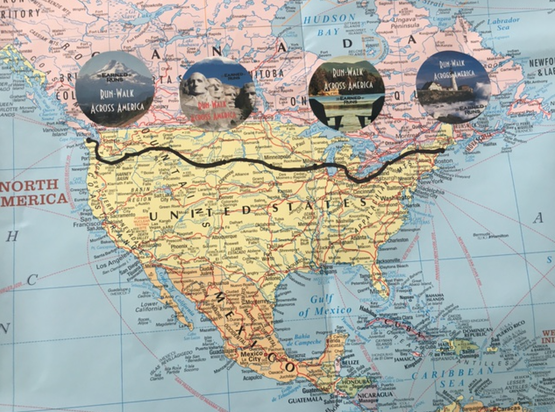
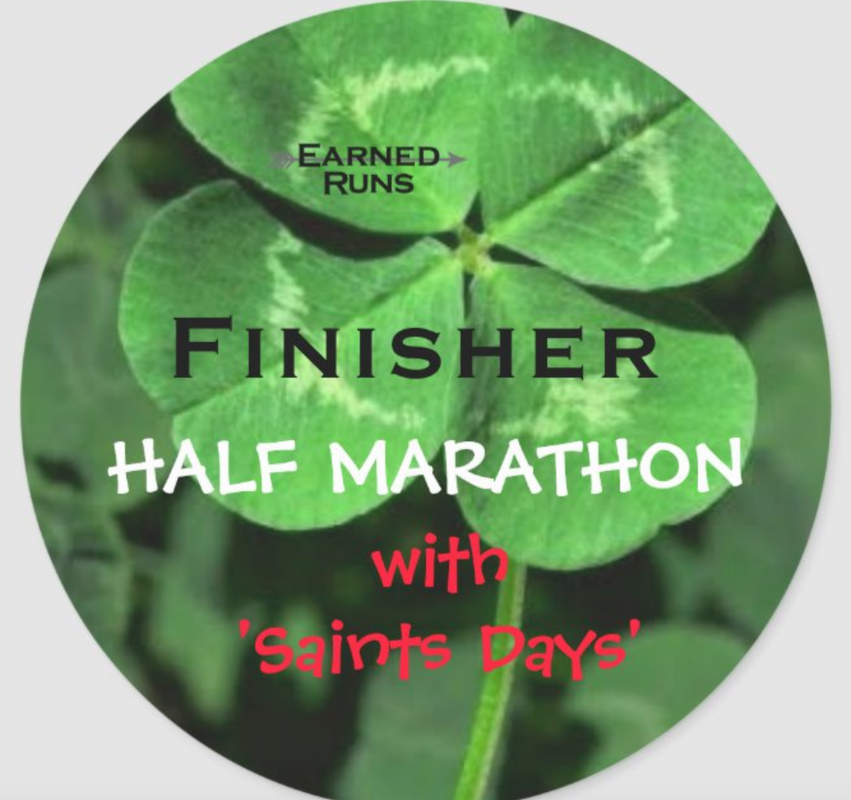
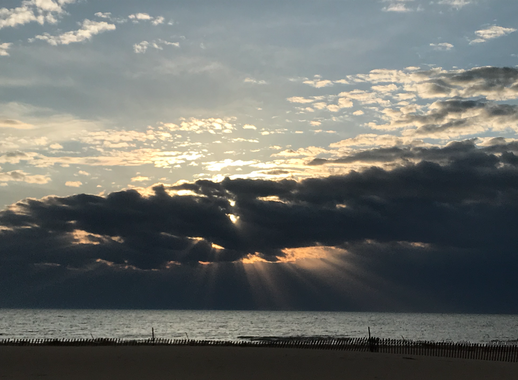
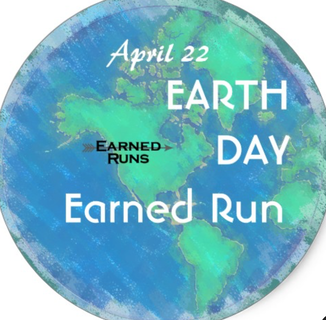

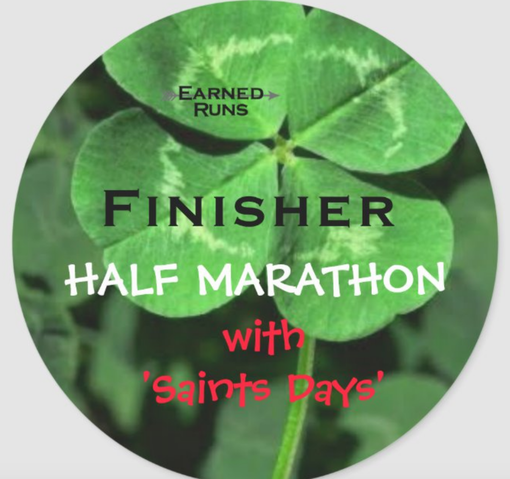
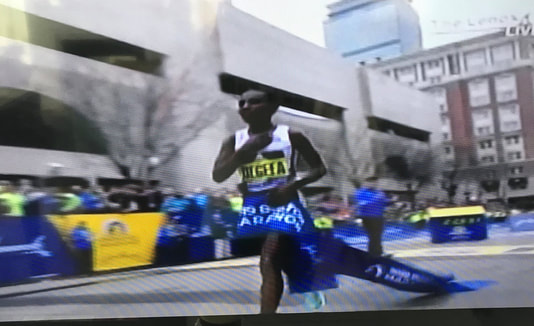
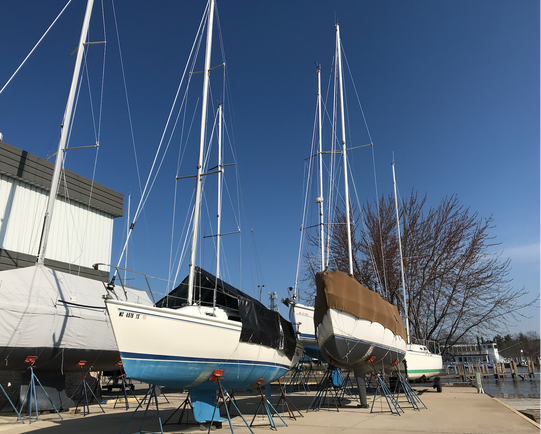
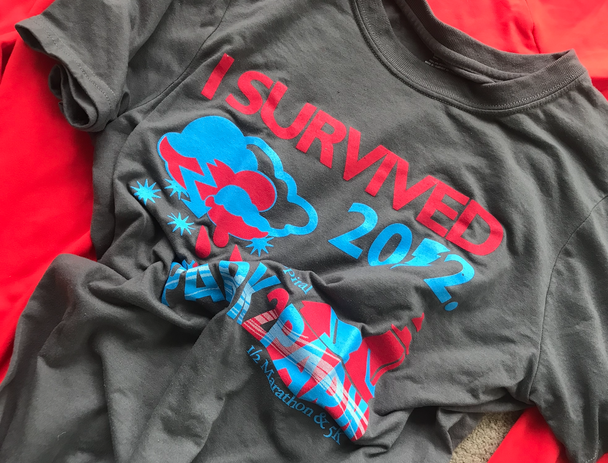
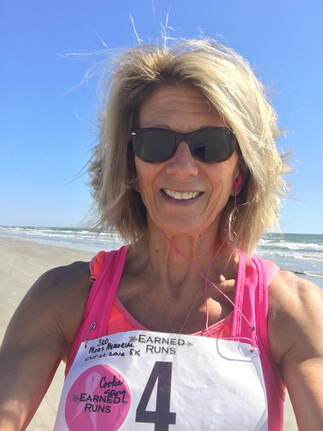
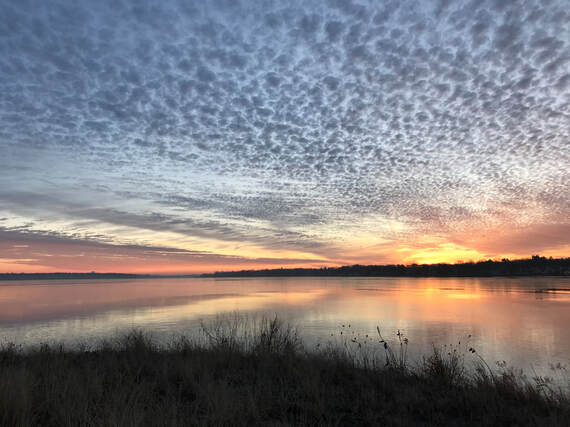
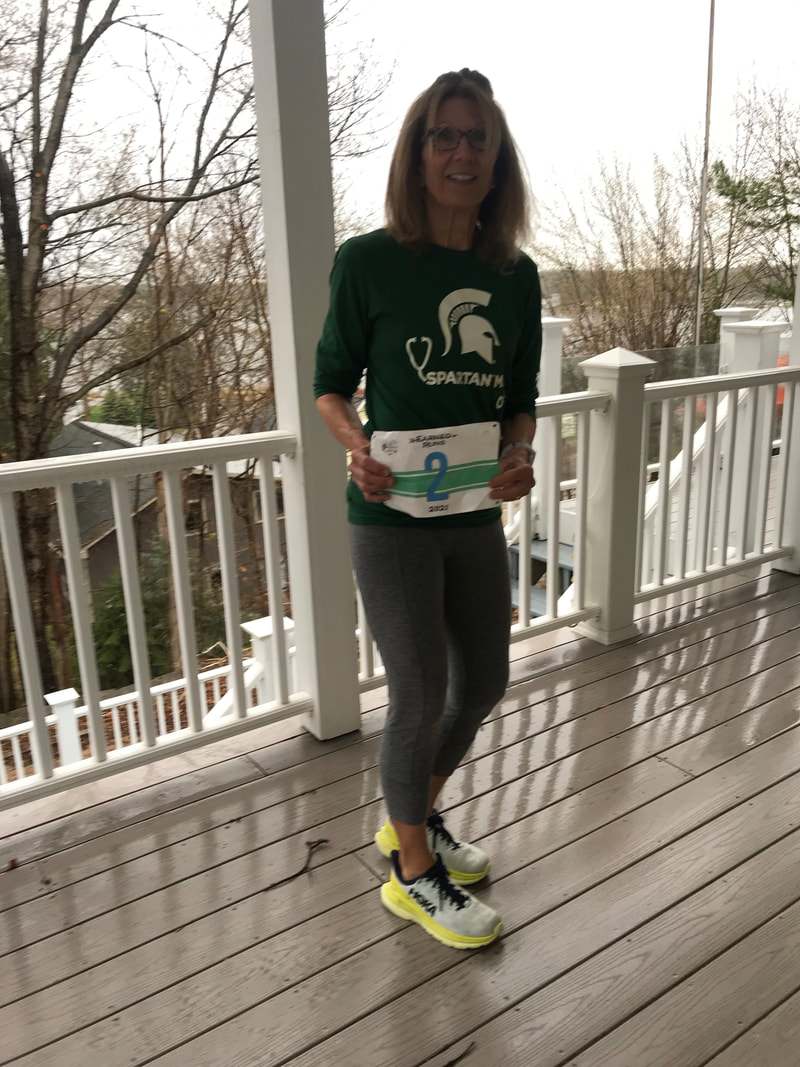
 RSS Feed
RSS Feed